
Atlantic Coast’s Multi-State Striper Board Approves Addendum That Seeks to Curb Decline of America’s Top Game Fish.
(Beaufort, NC) – At its annual meeting this week, the Striped Bass Management Board (Board) of the Atlantic States Marine Fisheries Commission (ASMFC) approved for public comment Addendum II of the fishery management plan designed to control fishing mortality and begin to reverse the decline in the coastwide striper population. The addendum is an update to Amendment 7, the current version of the fishery management plan that features a suite of goals and objectives as well as a goal to control fishing mortality and set measures which will rebuild the striper population by 2029.
Addendum II includes Bay and coastal options for recreational fisheries, and a quota reduction for the commercial fisheries by as much as 14.5 percent. Previously considered measures like maximum sizes for commercial fisheries are no longer under consideration. Season closures may be a topic of conversation through the public process and in future ASMFC actions but will not be mandated through the Addendum process. ASMFC member states may ultimately include actions which are more conservative than future coastwide actions.
CCA will post online its “Anglers Guide” to help anglers and the general public understand the potential 2024 management changes contained in Addendum II as well as offer specific talking points for anglers to consider when making a public comment.
The Atlantic striper population is considered overfished and faces myriad challenges: Five straight years of failed spawning success in Chesapeake Bay, the primary nursery for stripers; impacts from the expanding range of blue catfish, an invasive species known to eat juvenile stripers, and; poor water quality and habitat degradation. Clean water and quality habitat are vital to healthy and abundant striper and forage stocks.
David Sikorski, CCA Maryland Executive Director and member of the Maryland delegation to the ASMFC:
“Moving this addendum forward is an important step to curb fishing mortality, but as released, it still falls short of providing actions which are able to control fishing mortality across the board and as soon as possible. The recreational fishery options in the addendum can be implemented to make meaningful cuts in 2024, while commercial options to lower quotas instead of harvest may not be implemented until the 2025 season. This delay is a choice of member states, which would not agree to include options in the document which are guaranteed to reduce commercial harvests.
Given the sobering news of failed recruitment for five straight years in Chesapeake Bay, I look forward to working with my fellow managers and stakeholders to enact reductions that are guided by science, and not continue giving out special favors and special rules. This means commercial harvest reductions, equal limits for all recreational fishing and summer closures when catch-and-release mortality impacts the survival of released fish must be enacted across the Atlantic’s most important striped bass nursery, the Chesapeake Bay.”
Capt. Chris D. Dollar, CCA Conservation Consultant Chesapeake Region:
“From tackle shop owners and marinas to weekend anglers, the recreational community has more than done our part to help stem the slide of the striper population in the past decade.
There’s no time to waste – managers must reduce the harvest from every sector of the striper fishery, including the commercial fishery. That also means taking a hard look at the Virginia winter gillnet fishery, which targets mature stripers as they prepare to head to their upriver spawning grounds.”
Contact: David Sikorski | davidsikorski@ccamd.org | (443) 621-9186














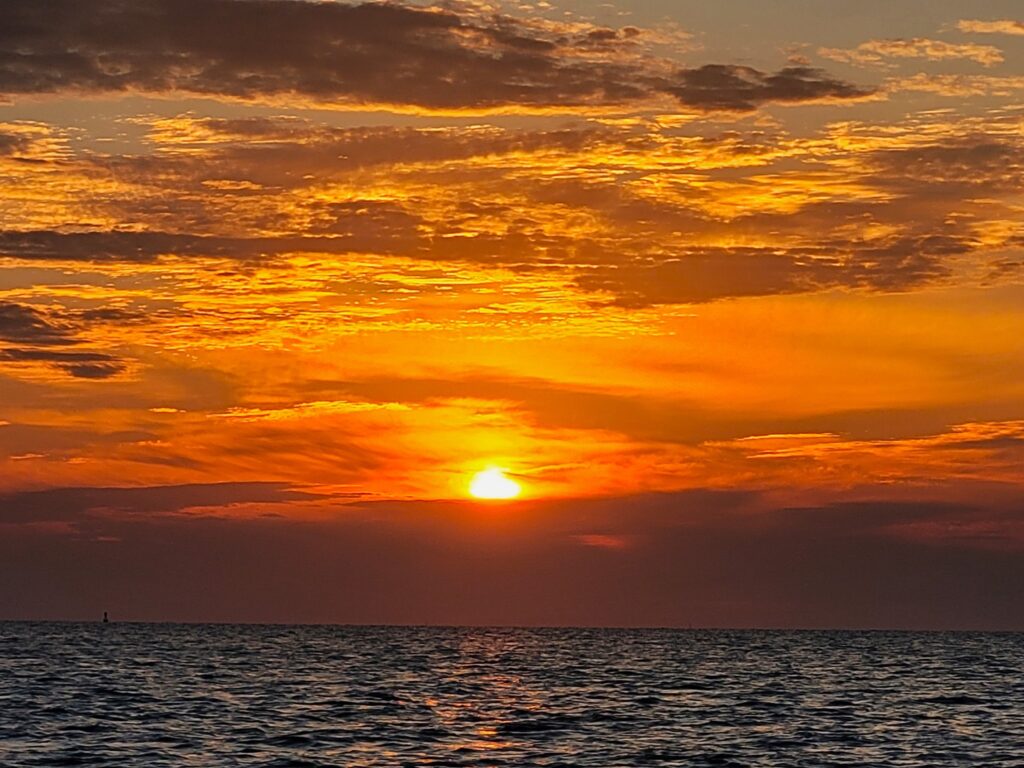
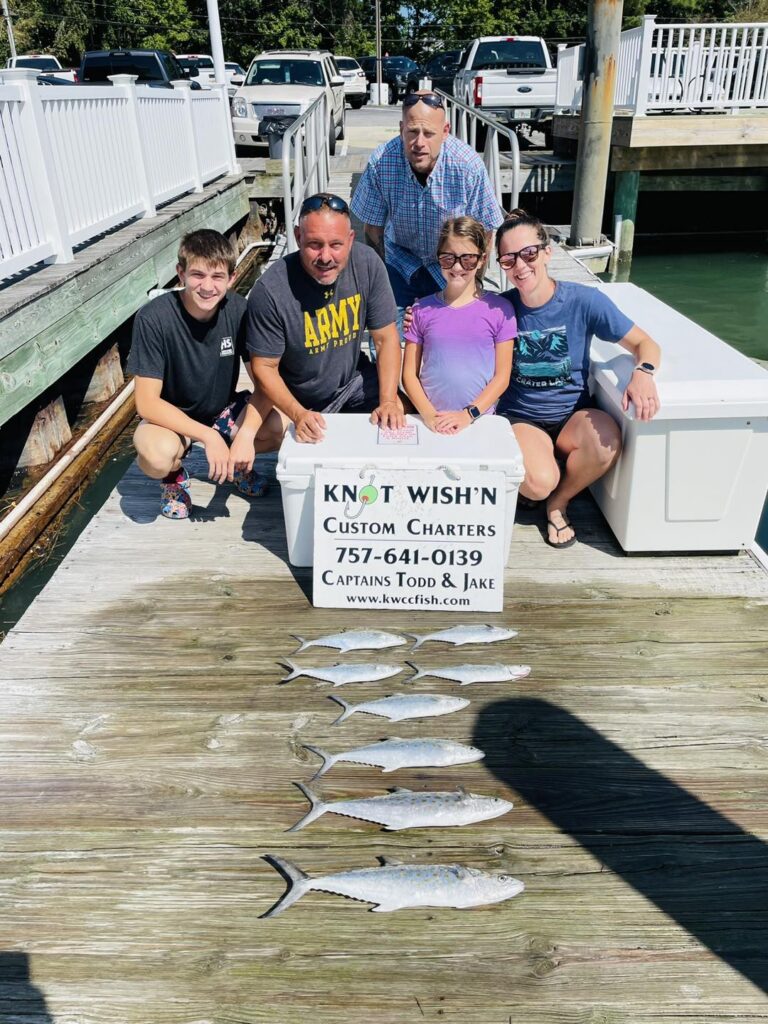


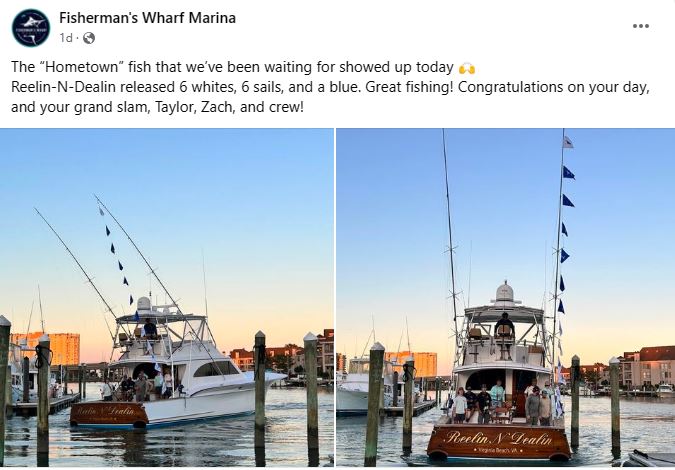







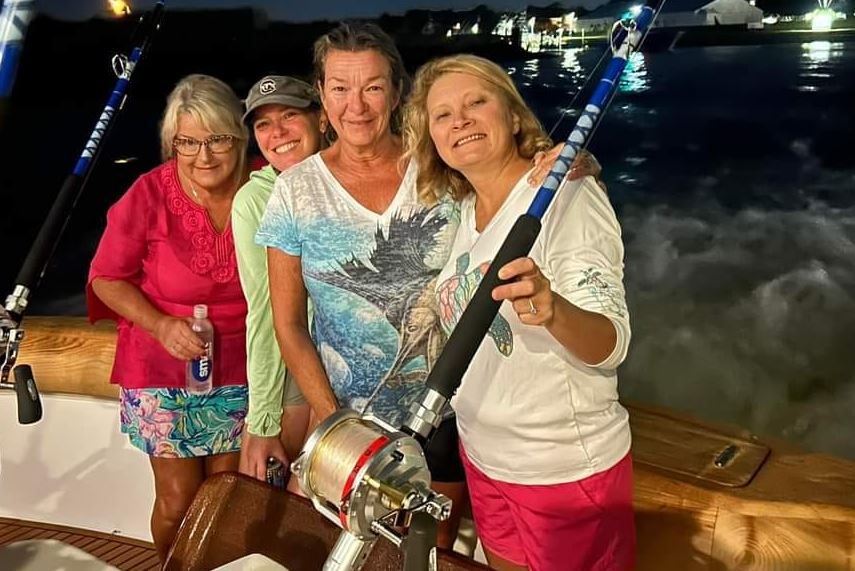















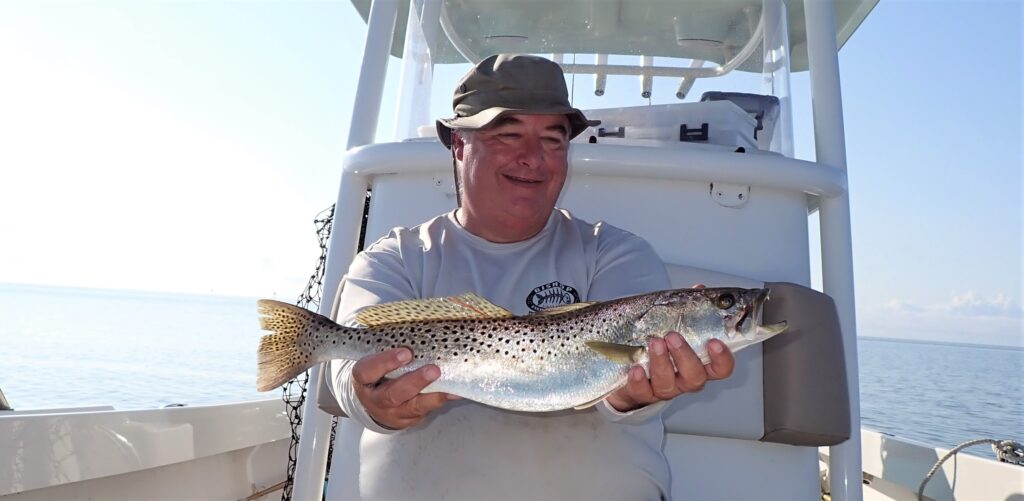









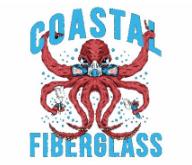






 Views Last 7 days : 1553
Views Last 7 days : 1553 Views Last 30 days : 6887
Views Last 30 days : 6887